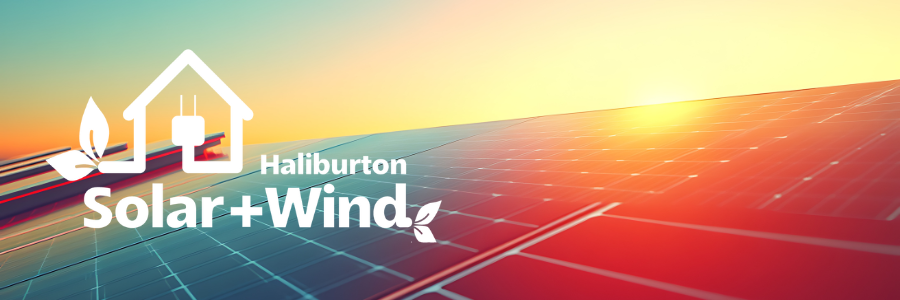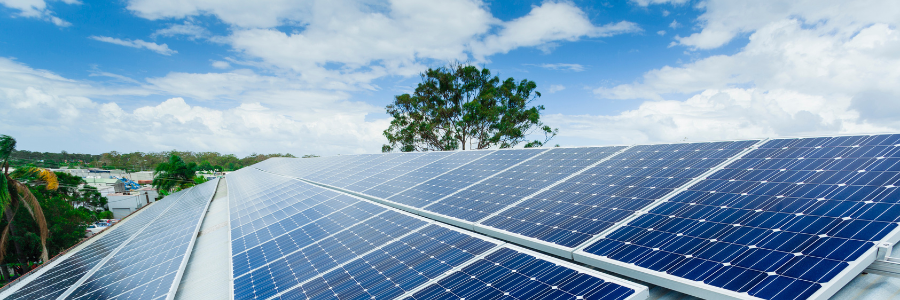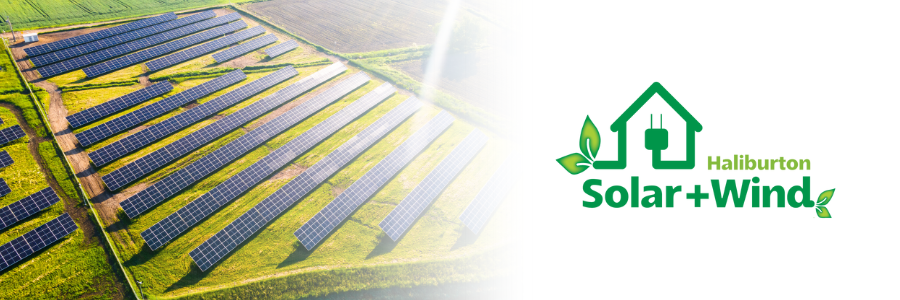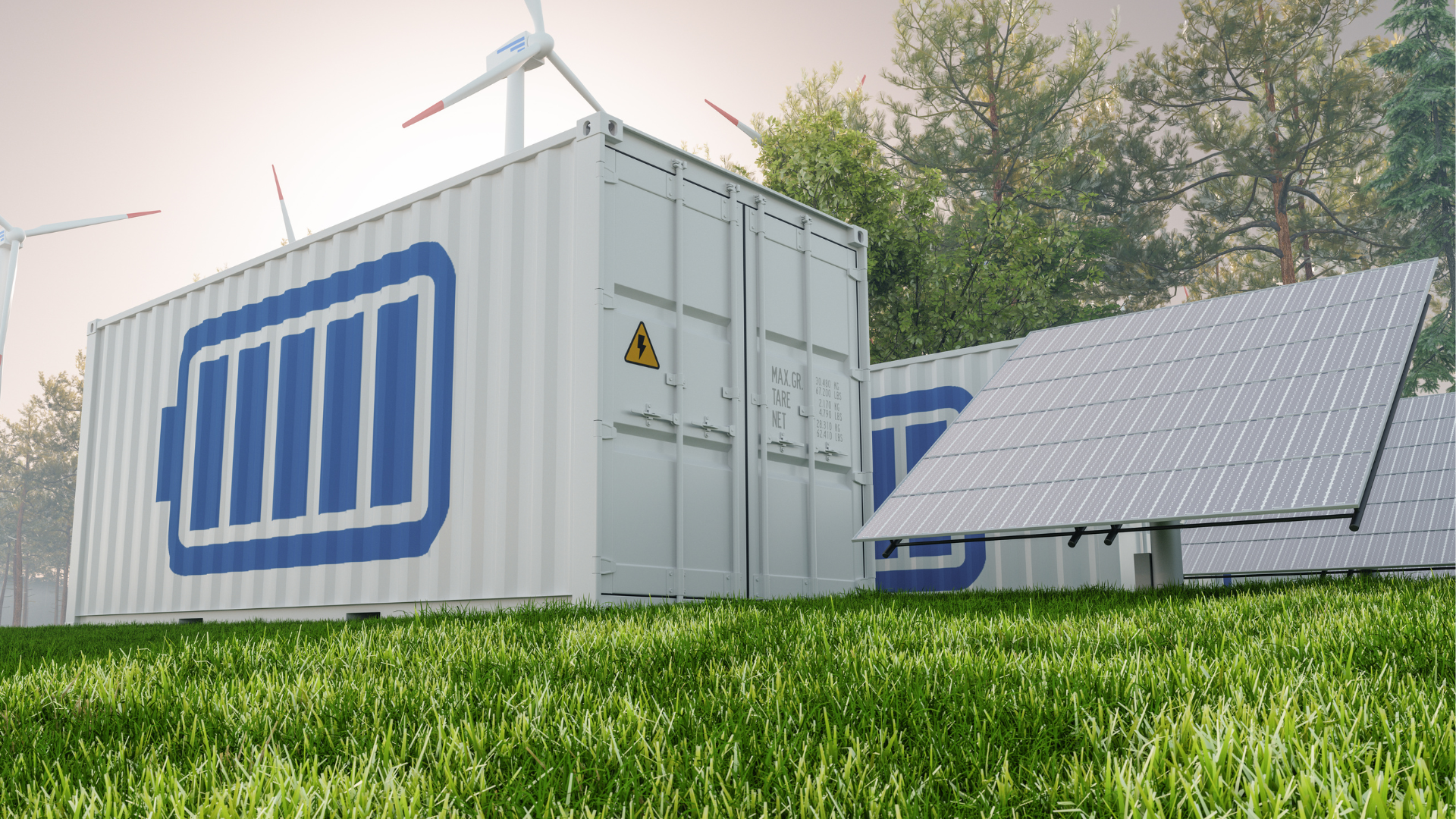Solar Rebates Ontario: How to Qualify and Get Paid to Go Green
The Purpose of Solar Incentives
Governments often put programs in place to encourage people to adopt renewable energy. For Ontario, this means offering financial help, like ontario solar rebates, to make solar power more accessible. The main idea behind these ontario solar grants is to speed up the switch to cleaner energy sources. By reducing the upfront cost of installing solar panels, these incentives make it easier for homeowners and businesses to invest in solar technology. This helps lower greenhouse gas emissions and supports Ontario's climate goals. It's a way to get more people involved in generating their own clean electricity.
Key Benefits of Solar Rebates
Getting a solar rebate in Ontario can make a big difference in your decision to go solar. These programs significantly lower the initial investment required for a solar panel system. Beyond just saving money upfront, ontario solar incentives can lead to lower electricity bills over the system's lifespan. This means you save money month after month, year after year. Plus, by using solar power, you're contributing to a healthier environment by reducing your reliance on fossil fuels. It's a win-win situation for your wallet and the planet.
Here are some of the main advantages:
- Reduced upfront cost of solar installation.
- Lower monthly electricity bills.
- Contribution to environmental sustainability.
- Increased property value.
- Potential for long-term energy independence.
The financial assistance provided through ontario solar grants is designed to make solar energy a more attractive option for a wider range of people. It helps bridge the gap between the cost of traditional energy and the investment in a renewable system. This makes solar power a more practical choice for many households and businesses across the province.
Eligibility Criteria for Solar Rebates
Before you get too excited about free money for solar panels, you need to make sure you actually qualify. It’s not just a free-for-all, you know. There are specific rules in place to make sure the rebates go to the right people and the right projects. Think of it like meeting the requirements for a loan; you have to show you fit the bill.
Property Ownership Requirements
First off, you generally need to own the property where you're installing the solar system. Renters usually can't apply for these rebates because they don't own the roof or the land. It makes sense, right? The rebate is tied to the property itself, not the person renting it. So, if you're renting your place, you'll likely need to talk to your landlord about installing solar. You must be the legal owner of the property to be eligible.
System Size and Type Specifications
There are also rules about the size and type of solar energy system you can install to get a rebate. Most programs focus on residential or small commercial systems. They often have limits on the total generating capacity, usually measured in kilowatts (kW). For example, a program might only cover systems up to a certain size, like 10 kW. They also typically specify that the system must be grid-tied, meaning it's connected to the local electricity grid. Off-grid systems might not qualify for the same incentives.
Installation Contractor Qualifications
This is a big one. You can't just hire anyone to install your solar panels and expect to get paid. The installer usually needs to be certified or registered with a specific body. This is to make sure the installation is done safely and correctly. Haliburton Solar and Wind is a qualified installer, so we can help you through this part. They want to make sure the job is done right, and that means using professionals who know what they're doing. It’s worth checking the specific requirements for the rebate program you’re interested in, as these details can change.
Ieof everything and provides a backup if anything gets misplaced.
Submitting Your Rebate Application
Most rebate programs have online portals for application submission. You'll create an account, fill out the application form, and upload your supporting documents. Make sure you fill out every section accurately. Double-check all the details before hitting submit. If you're unsure about any part of the form, don't guess – reach out for clarification. Haliburton Solar and Wind can guide you through this.
Understanding Application Timelines
Rebate application processing times can vary. Some programs might give you an initial confirmation right away, while others take several weeks or even months to review. It’s important to be patient. You'll usually receive updates via email or through the online portal. If you haven't heard back within the expected timeframe, it’s appropriate to follow up with the program administrator. Knowing these timelines helps manage your expectations and financial planning.
Maximizing Your Solar Investment
Calculating Potential Savings
Figuring out how much you can save with solar is more than just looking at the rebate amount. It's about understanding your home's energy use and how much electricity your new solar system will produce. We help you estimate your monthly electricity bill reduction based on your system's size and your typical consumption patterns. The goal is to see a clear financial benefit that goes beyond the initial incentive. This involves looking at your current energy costs and projecting how much you'll save over the lifespan of your solar panels.
Integrating Rebates with Other Incentives
While solar rebates are a big help, they aren't the only way to make solar more affordable. You might be able to combine these rebates with other programs or financing options. This can make the upfront cost much more manageable. Think about:
- Federal tax credits that might be available.
- Local government programs or grants.
- Financing options that offer low interest rates.
We can help you sort through what might apply to your situation.
It's smart to look at the whole financial picture. Combining different incentives means you get more value from your move to solar, making the investment pay off faster and more significantly over time. Don't just focus on one program; see how they all fit together.
Long-Term Financial Advantages
Beyond the immediate savings from rebates and lower electricity bills, going solar with Haliburton Solar and Wind offers lasting financial benefits. Your solar system can increase your home's value, making it a more attractive asset. Plus, you gain energy independence, shielding yourself from rising utility prices. This predictable energy cost is a major plus for long-term budgeting. Over 25 years or more, the savings add up considerably, making solar a sound financial decision for your household.
Common Pitfalls and How to Avoid Them
Going solar in Ontario is a smart move, but the rebate process can trip people up if they aren't careful. Let's talk about some common mistakes and how you can steer clear of them to make sure you get your payment.
Incomplete Application Submissions
This is probably the most frequent issue. Missing a single document or filling out a form incorrectly can send your application to the back of the line, or worse, get it rejected entirely. It’s really important to double-check everything before you hit submit.
- Make sure all personal and property details are accurate. Even a small typo can cause problems.
- Verify that all required supporting documents are included. This often includes proof of ownership, system details, and contractor information.
- Read the application instructions thoroughly. Don't assume you know what's needed; the program guidelines are there for a reason.
The key here is meticulous attention to detail. Treat the application like a final exam for your solar project – review it multiple times.
Choosing Unqualified Installers
Not all solar contractors Ontario are created equal. Some might not be familiar with the specific requirements for rebate programs, or they might not have the proper certifications. Picking the wrong installer can invalidate your application or lead to a system that doesn't meet program standards.
- Always verify the installer's credentials and licenses. Look for certifications relevant to solar installations.
- Ask potential installers if they have experience with the specific rebate program you're applying for. They should be able to answer your questions confidently.
- Get a detailed contract in writing. This should outline the scope of work, equipment used, and warranties.
Misunderstanding Program Terms
Rebate programs have specific rules about system size, types of equipment, and installation timelines. If your system doesn't fit the criteria, or if you install it before you're approved, you might not get the money. It’s easy to get confused with all the details, so take the time to really understand what's expected.
- Clarify eligible system components. Some programs have restrictions on the brand or type of solar panels and inverters.
- Understand the timeline for installation and application. Some programs require you to apply before installation begins.
Know the maximum rebate amounts and how they are calculated. Don't expect to get more than the program allows.
The Future of Solar Rebates in Ontario
Evolving Government Policies
The landscape for solar incentives in Ontario is always changing. Governments at various levels are looking at how to best support renewable energy and achieve targets like ontario net zero solar. This means rebate programs can shift in scope, funding, or even eligibility over time. It’s a good idea to stay informed about any announcements that might affect future solar projects.
Impact on Renewable Energy Adoption
Rebates have played a big part in making solar power more accessible for homeowners and businesses. As policies evolve, we might see different approaches to encourage solar adoption. This could include:
- Changes in how much credit you get for the power you send back to the grid.
- New programs focused on energy storage, like batteries, to go with solar panels.
- Adjustments to tax credits or financing options.
The goal is to keep making solar a smart financial choice for more people.
The transition to cleaner energy sources is a long-term commitment. While specific rebate programs might change, the overall trend is towards supporting renewable energy. This means that investing in solar now, even with potential policy shifts down the line, is likely to remain a sound decision for both your wallet and the environment.
Making the Switch to Solar in Ontario
So, that's the rundown on getting solar rebates here in Ontario. It might seem like a lot of steps at first, but really, it's pretty straightforward once you break it down. Think about it – you're not just saving money on your electricity bills over time, you're also doing a good thing for the environment. Plus, having solar panels can even add value to your home. If you've been thinking about solar, now's a good time to look into these programs. It's a smart move for your wallet and for the planet. Go ahead and start looking into the details for your specific situation; you might be surprised how achievable it is.
Frequently Asked Questions
Are there any government incentives for solar panels in Ontario?
Yes, there are several incentives and rebate programs available to Ontario residents to support solar panel adoption. While Ontario no longer offers province-wide rebates like the former GreenON program, homeowners can still benefit from:
Canada Greener Homes Grant: Offers up to $5,000 for eligible retrofits, including solar PV installations.
Zero-interest loans: Up to $40,000 under the Canada Greener Homes Loan to help with the upfront cost of solar installation.
Net Metering: Allows homeowners to send excess electricity back to the grid and receive credit on their utility bill.
Be sure to check with local municipalities or utility providers, as some regions offer additional programs or incentives.
Is there a 30% tax credit for solar panels in Canada?
No, Canada does not offer a 30% federal tax credit for solar panels like the United States. However, Canadian homeowners can still benefit from:
Federal grants and zero-interest loans (as part of the Canada Greener Homes Initiative).
Provincial or municipal incentives (depending on location).
While not structured as a tax credit, these programs still significantly reduce the financial burden of going solar.
How much do solar panels cost for a 2000 square foot house in Ontario?
The cost of installing solar panels for a 2000 sq. ft. home in Ontario generally ranges between $15,000 to $30,000 CAD before incentives, depending on:
Energy consumption
Roof orientation and shading
Quality of panels and inverters
Installation complexity
With federal grants and loan programs, the effective out-of-pocket cost may be significantly reduced. Net metering can further improve long-term savings by offsetting electricity bills.
What is the 20% rule for solar panels?
The 20% rule typically refers to the guideline used by some building codes or jurisdictions stating that solar panel systems should not exceed 20% of a roof’s total area. This rule helps:
Ensure structural safety
Allow for maintenance access
Maintain aesthetics and ventilation
However, this rule can vary by region and building type. Always consult with a certified solar installer or local building authority to ensure compliance
